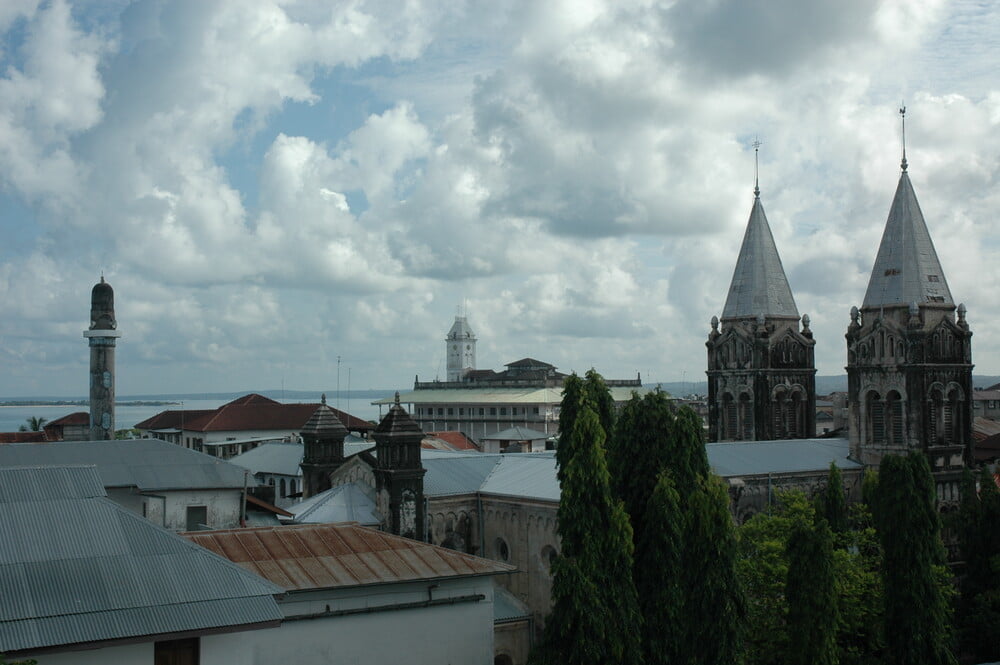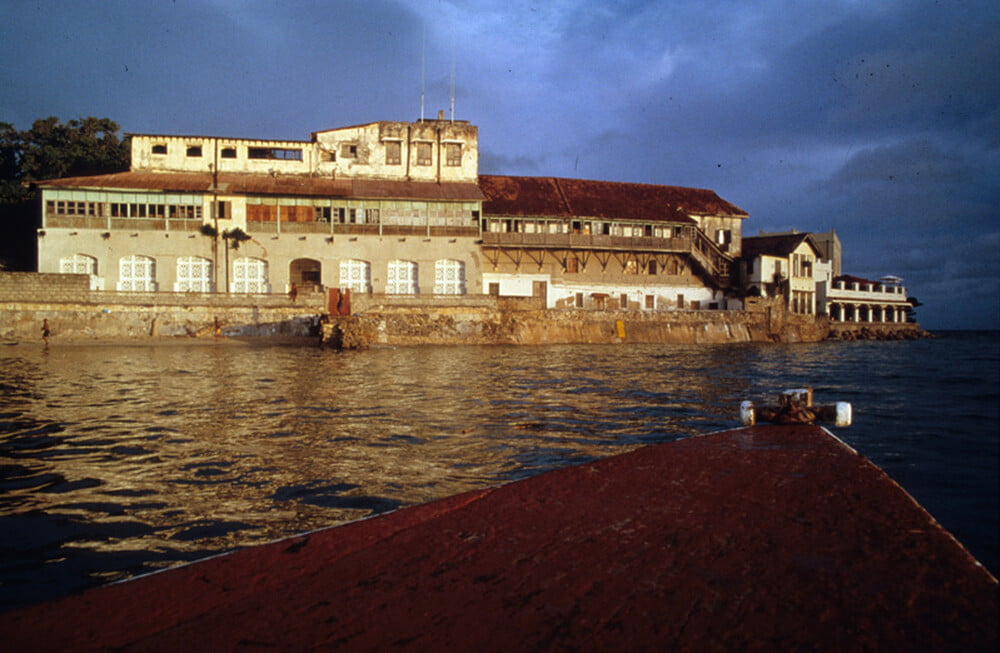Stone Town Zanzibar, a historic city on the island of Zanzibar off Tanzania’s coast, is a treasure trove of history, culture, and mystery. Recognized as a UNESCO World Heritage Site, this enchanting destination reflects a blend of Swahili, Arab, Persian, and Indian influences. With a history dating back to the 8th century, Stone Town invites visitors to uncover its secrets and immerse themselves in its vibrant past.
Secrets of Stone Town Zanzibar
The Unique Swahili Architecture
One of the most captivating features of Stone Town Zanzibar is its stunning Swahili architecture. The city’s streets are lined with intricately carved doors, ornate balconies, and picturesque courtyards. Each design element tells a story of cultural integration, showcasing African, Arab, and Indian influences. These architectural masterpieces make Stone Town a visual delight for history and art enthusiasts.
A Connection to the Spice Trade
Stone Town Zanzibar’s deep-rooted connection to the spice trade is another fascinating aspect of its history. In the 19th century, Zanzibar was one of the world’s largest producers of cloves, earning its nickname, “The Spice Island.” Visitors can explore bustling spice markets, filled with the aromatic scents of cloves, nutmeg, cinnamon, and other locally grown spices. Guided spice tours provide insight into the cultivation and significance of these spices in Zanzibar’s economy and culture.
The Dark History of the Slave Trade
Stone Town Zanzibar also carries the weight of its role in the East African slave trade. During its peak, the city served as a major hub for the capture and sale of slaves, with over 50,000 slaves passing through annually. Visitors can delve into this sombre history by visiting the Old Slave Market and the Slave Chambers, which once held slaves before they were auctioned. These sites offer a sobering reminder of the city’s past and its role in shaping regional history.
Beit al Ajaib: The House of Wonders
Among the most iconic landmarks in Stone Town Zanzibar is the Beit al Ajaib, or House of Wonders. Built as a palace for the Sultan of Zanzibar, it was the first building in East Africa to have electricity and an elevator. Today, it houses a museum dedicated to Zanzibar’s rich history and culture. Its grand architecture and exhibits make it a must-visit for anyone exploring the city.
The Winding Streets of Stone Town Zanzibar
A walk through the winding streets of Stone Town Zanzibar is an adventure in itself. The historic centre is brimming with vibrant markets, artisan shops, and cosy cafes. As you meander through the labyrinthine alleys, you’ll encounter local vendors selling spices, handmade goods, and souvenirs. The atmosphere is a blend of bustling energy and timeless charm, offering an authentic glimpse into Zanzibar’s daily life.
Why Visit Stone Town Zanzibar?
Stone Town Zanzibar is more than just a historical destination; it’s a living testament to centuries of cultural exchange and resilience. Whether you’re marveling at its Swahili architecture, learning about its connection to the spice and slave trades, or simply soaking up the lively atmosphere of its streets, Stone Town promises an unforgettable journey into the heart of Zanzibar.

Plan Your Visit to Stone Town Zanzibar
To make the most of your visit to Stone Town Zanzibar, consider:
- Take a guided tour of the Old Slave Market and Beit al Ajaib.
- Exploring the spice markets to learn about the island’s aromatic treasures.
- Strolling through the narrow streets to admire the city’s architectural wonders.
Stone Town Zanzibar is a destination where history, culture, and mystery intertwine, making it a must-visit for travellers seeking a unique experience in East Africa.

